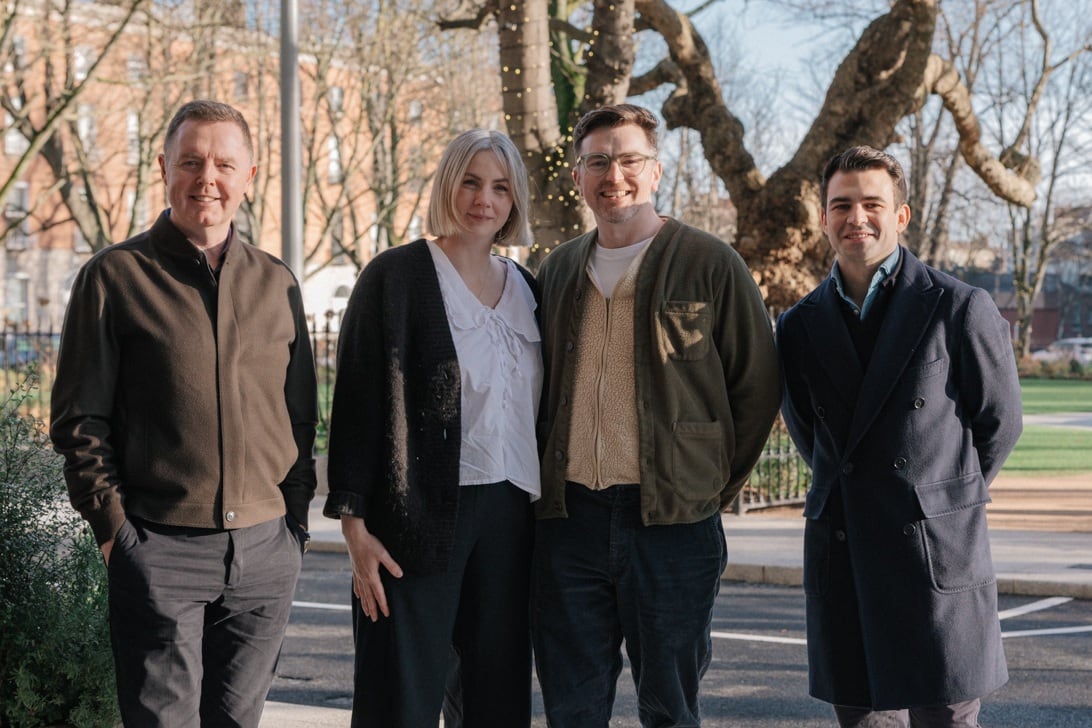Operation Kenova is the seven-year-old criminal investigation into the activities of Belfast man Freddie Scappaticci, the head of the IRA internal security unit who also acted as an agent for British intelligence during Northern Ireland’s Troubles. He was known by the code name “Stakeknife” to his handlers in a secretive British army unit called the Force Research Unit. Kenova, the findings of which will be published on Friday, investigated whether police in the North failed to investigate as many as 18 murders to protect Scappaticci.
Will Scappaticci be named as Stakeknife in this report?
No. Despite being outed by media in 2003 as the British army’s top agent within the IRA during the Troubles, Scappaticci will not be identified in the £40 million (€76 million) investigation into the activities of Stakeknife.
This is because the British government, in its handling of sensitive security information, has a policy of “neither confirm nor deny” (NCND) concerning agents.
It is expected however that Scappaticci, allegedly linked to 18 murders and widely regarded as the double agent, will be easily identified through “inference” in the report, according to one source.
READ MORE
The Kenova inquiry is expected to recommend a review of the NCND policy, a move that will be welcomed by families.
Scappaticci always denied he was Stakeknife right until his death last year at the age of 77.
Why are there no prosecutions out of this report?
This may not be answered on Friday but it will be a hanging question in light of comments made by the head of Operation Kenova who expressed his frustration that no one will be tested before the courts.
Iain Livingstone said it remained Kenova’s position that they had recovered “a huge amount of new material and made significant forensic breakthroughs” in a direct response to last week’s announcement by the Public Prosecution Service (PPS) that there was “insufficient evidence” to press charges.
Alleged IRA members, retired British army soldiers, MI5 members and an ex-RUC officer were among the 32 individuals considered by the PPS after being connected to multiple offences including murder, abduction and perjury in the vast investigation.
Relatives will undoubtedly receive information they could never have before accessed but with the criminal element effectively shut down, lawyers could well use this new evidence to pursue further action — including corporate criminal liability on the part of the security forces in its handling of intelligence linked to Stakeknife.
Could the British state have saved lives — and was it willing to allow other agents to be murdered to protect Stakeknife?
For families, this is the most important question in Kenova and it is understood at least one family has already learned that their loved one’s death could have been prevented.
However, it is expected the report will say that in most of the cases there could have been state intervention but this did not happen.
It is also highly likely the inquiry will prove that other suspected informers and lower-level agents were killed to protect the identity of Stakeknife — the “golden egg” of British military intelligence during the Troubles — who as head of the IRA’s internal security unit was responsible for identifying, kidnapping, and torturing informants or so-called “touts” in the 1980s.
To what extent had the IRA been penetrated by informants?
It is unclear how far the inquiry will go in assessing this as its remit did not extend to include the IRA internal security unit, known as the “nutting squad”.
However, it is believed several double agents were operating within the Belfast brigade of the IRA.
“Scappaticci could not have been acting as a lone wolf in the middle of this. Yes, he was a senior agent but there were others,” according to Belfast lawyer Kevin Winters, who is acting for many of the families who have co-operated with the inquiry.
How co-ordinated were the security services in working together?
The role of the British state’s involvement in multiple murders connected to Stakeknife has also been investigated by Operation Kenova.
The British army’s Force Research Unit was the controversial military intelligence unit which recruited and ran informers during the Troubles.
Answers around how closely this unit worked with other intelligence and security agencies, including MI5 and RUC special branch — and crucially, what information they were given by Stakeknife that could have prevented murders — is what families want.
- Listen to our Inside Politics Podcast for the latest analysis and chat
- Sign up for push alerts and have the best news, analysis and comment delivered directly to your phone
- Find The Irish Times on WhatsApp and stay up to date











